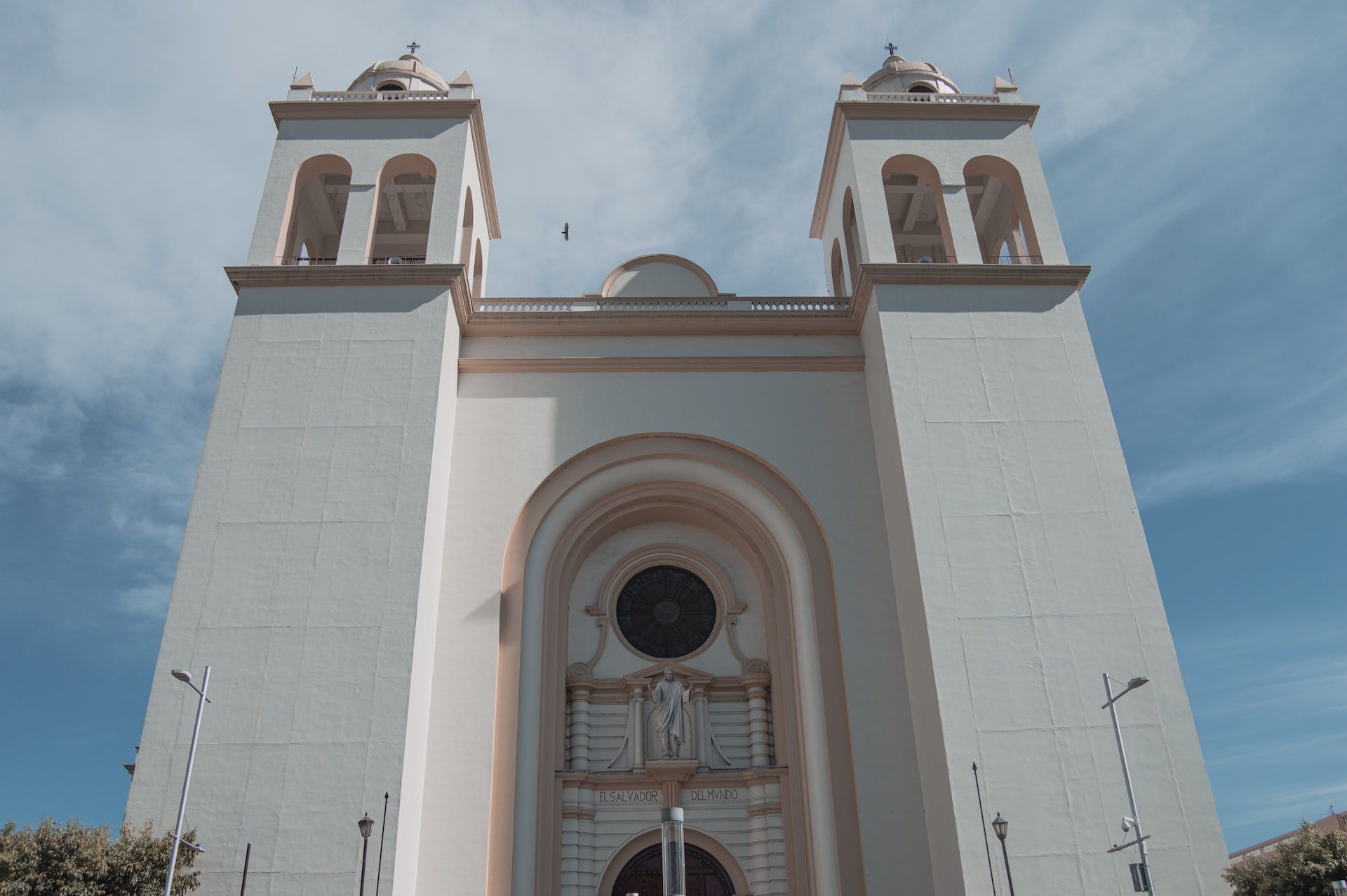
Touring Mayan Pyramids and other Archaeological Sites in El Salvador
For history student travelers on a shoestring budget, Mayan ruins in El Salvador offer a great alternative to well-trodden sites in Guatemala or the Yucatan Peninsula in Mexico.
When one thinks of Mayan archaeology, the great pyramid structure at Tikal, Guatemala, or the sprawling ruins in the tropical Yucatan Peninsula often come to mind. However, more adventurous students, or those on a shoestring budget, are enjoying what El Salvador has to offer in terms of archeological and adventure travel.
From the pyramid structure at the Tazumal site in Chalchuapa to the lesser-known complex at Cara Sucia, Ahuachapán near the Guatemalan border, experts have long since known the role El Salvador has played in understanding more about Mayan culture. Some students take such trips to enhance their learning process. For example, if they should write a history essay as a pro essay writer to get a high mark and have a rest at the same time.
El Salvador’s civil war from 1980–1992 for a long time made travel to El Salvador, needless to say, a little inhospitable. However, El Salvador is now more relatively safe for tourists, and while shuttling between historical sites in the country, adventure students can also take advantage of its Pacific Coast – which also boasts some internationally famous surfing beaches.
Following the Mayan Trail to Chalchuapa
When talking Mayan archaeology in El Salvador, the most famous sites are the ruins at San Andres accessible by the Pan-American Highway, Joya de Ceren near Santa Tecla, and the amazing, well-documented pyramid complex at Tazumal, surrounded by the quaint town of Chalchuapa.
Tazumal in the ancient pre-Colombian dialect means “The place where the victims were burned,” according to information at the site. It is one of the earliest sites in El Salvador to be excavated, most notably by archaeologist Stanley H. Boggs as early as 1943. The site has a long history of occupation by Mayan societies from AD 100 to AD 1200. A museum inside the park houses artifacts and the ruins consist of a ceremonial pyramid complex, a ball court, and other stone architecture reminiscent of the Toltec style of Mexican sites.
After leaving the park visit the nearby shops that surround the park for Salvadoran cuisine, or purchase hand-crafted replicas of artifacts found in the museum, as it is illegal to remove actual materials of cultural heritage from El Salvador.
The Jaguar Face at Cara Sucia: A Mayan Site of National Pride
Mayan ruins at San Andres and Joya de Ceren are also well-excavated sites for history students in El Salvador. However the lesser-known — and lesser-developed – near the Cara Sucia River in Ahuachapán is of great historical significance and national pride. Cara Sucia, which translates to ¨Dirty Face, ¨ is located on a major highway from the border with Guatemala.
It was there that Salvadoran historian Santiago Barbarena, at the end of the 20th Century, unearthed a large stone disc representing a toothy, snarling jaguar head. To the ancient Maya, the jaguar was of great symbolic importance, and the relic’s importance is measured by its status at the National Museum of Anthropology in San Salvador. Its representation is also used as the logo for one of El Salvador’s largest banks, Banco Cuscatlán.
Also excavated by Boggs in the 1970s, Cara Sucia, located on the coastal plains of Ahuachapán, is considered an important site in the region, with occupation dating as early back 800 years B.C. It is believed its early inhabitants shared and interacted with the Mayan cultures in neighboring Guatemala. The experts from, DoMyWriting emphasize that the main structure at Cara Sucia is overgrown with brush, however, several surveying trenches can be seen throughout the area. By just walking around the site, one can see grinding stones, pottery shards, and obsidian flakes littering the area, evidence of tool making and domestic life still evident today.
After the Mayan Pyramids: Salvadoran Nightlife or Sun and Sand
Tours of these Mayan treasures and rich examples of national pride in El Salvador are available in English and Spanish. Admission varies from site to site, but foreign visitors should be prepared to pay a little extra. Getting there is best accomplished by bus from the nation’s capital San Salvador.
After traveling the Maya trail in El Salvador, your adventures don´t have to end. Dance until dawn in the discotheques in San Salvador, or Head toward the Pacific coast to enjoy some of the most beautiful beaches in Central America. El Zonte in La Libertad boasts one of the most popular surfing beaches in Central America.


